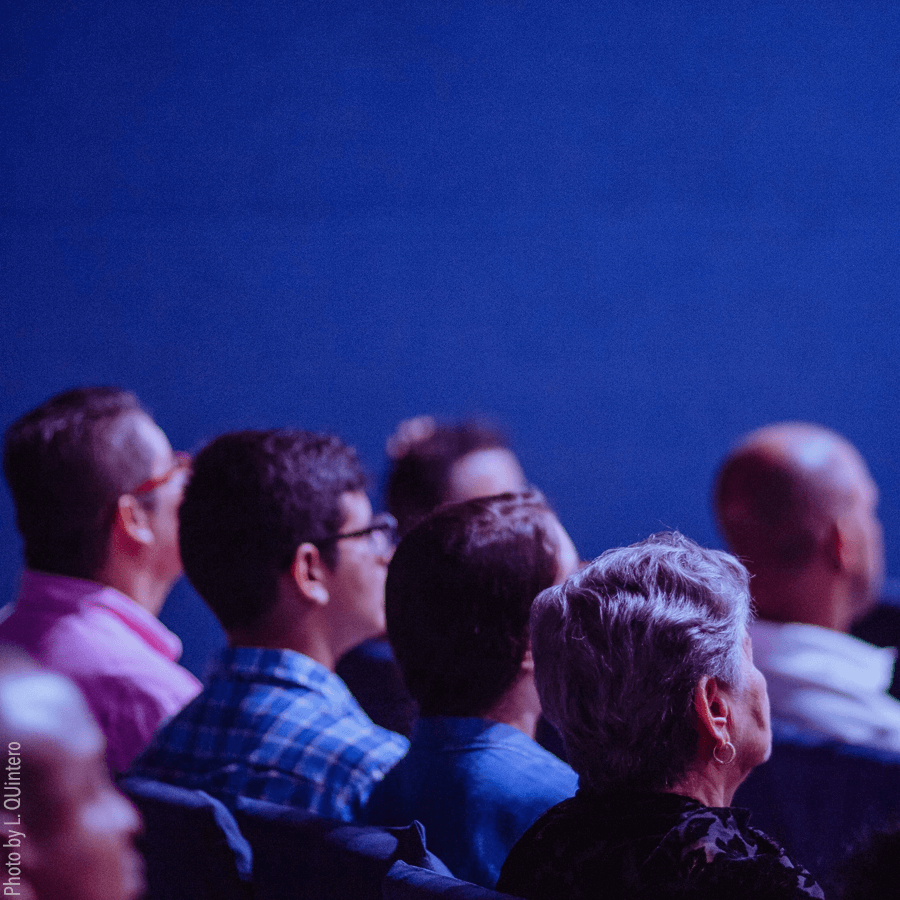Is your screenplay about the audience? Or is it all about you?
My company has read a lot of scripts. Thousands. Hundreds of thousands! (Okay, well, not hundreds of thousands, yet.) Good scripts, bad scripts, mediocre scripts. And they’ve all had their positives and minuses. And super-minuses.
But there’s one major commonality across all less-than-stellar spec screenplays, and that’s simply this:
Oops! They forgot the audience!
Remember: each script page is a precious resource
You’ve heard the drill in your film schools and your Save That Wacky Cat books:
“They’ve spent $5-10 in gas to get to the theater, $2 to park, $30 for tickets, $15 for a sodee-pop and Junior Mints, and chose to plop down in front of your movie instead of any of the 30 other films that bus ads and tv commercials and movie review blogs are telling them to go see, so make sure your movie is good!”
But to put a really fine point on it, (no offense to the G*ddamn Cat), those people did all that in the name of being emotionally moved.
Too many screenwriters treat their individual pages like connective tissue, or space to fill with words, when in reality, when you really think about it, every page of a script should be treated like the precious resource it is:
Roughly 60 seconds of pure, raw potential to emotionally move 300-500 human beings.
Every single page is a minute of a human audience member’s life.
Those pages are not to be squandered, Frodo. It’s not a “filler” moment. It’s not connective tissue, linking one scene to the next; it’s 60 seconds of opportunity to make someone laugh, cry, fear, wonder, hope, or ponder.
Remember: cinema is spectacle
Remember the dawn of cinema? Those movies started out as spectacle. People came to see the wonder, the amazement, to be emotionally transported from their black-and-white, early 20th century lives on the farm, or as extras in Once Upon A Time In America.
As the films got bigger and bigger, they also got bigger and bigger emotionally. The language of cinema now encompasses traditional spectacle, from Ben-Hur to Harry Potter, but also the spectacle of the inner human experience, from Annie Hall to Irreversible. But either way, the best movies are still spectacle. And audiences want it, crave it, flock to it.
Beating out your story, index cards, roughing out the first draft, polishing it – these are all typical phases in many screenwriters’ process. But I, and my team of attorneys representing the audience-at-large, encourage you to add a new one:
Do an audience draft.
That is, do a rewrite/polish of your script while thinking, nay, feeling like an audience member.
Zoom in on every page you’ve skimmed over during your rewrite. Is it filler? Does it suck 60 seconds away from an audience member, or does it enrich them with some sort of emotional reaction, whether it’s fear, laughter, or sadness?
If there’s some sort of emotional reaction there already, can it be better? Can it be stronger? Can it be faster? Can it be worth six million dollars, man?
If the material you’ve zoomed in on a particular page is intended as exposition, or connective tissue to get the characters to the next scene, is it even necessary? Can you save an audience member that 60 seconds, and get that audience member to the next emotional reaction coming up in your script sooner?
There’s no shame in writing a script or two that’s incapable or negligent of causing an audience member to feel something, but to make a career out of wasting that amazing potential on every single page of every single script you write is a shame indeed, and we will find you and we will kill you. (Say that last bit like Liam Neeson for emphasis.)
Our 60 seconds of life are in your hands. We’re trusting you.

